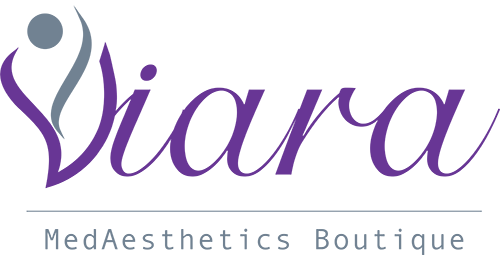Q-switch laser does removes tattoos by penetrating the skin and heating tattoo ink until it shatters. The ink is then filtered out of the body via the lymphatic system. When used correctly, Q-switch lasers break down tattoo ink without damaging or scarring the surrounding skin.
Q-switched lasers are indeed commonly used to treat spider veins, acne scars, and wrinkles, as well as a few fungal infections such as onychomycosis (toe fungus) and athlete’s foot. They were rather considered the gold standard of tattoo removal.
Q-switch lasers use a “Q-switched” technique to emit tight pulses of concentrated photons, such as light energy. The laser beam is indeed powerful enough to penetrate deeply into one’s skin yet gentle enough to treat one’s face. The FDA does consider the Q-switch laser safe and effective for its intended uses.
Uses
The Q-switched laser serves several purposes in cosmetic dermatology.
As it is non-ablative, the Q-switch laser can heat deeper layers of skin without damaging or even scarring skin tissues. This does make it a valuable tool in skin resurfacing (i.e., wrinkle reduction), not to mention its various medical uses.
Tattoo Removal
Q-switch lasers come in different wavelengths. Lasers with 1064 nanometer (nm) wavelengths are used to remove dark blue or black tattoos, while those with 532 nm wavelengths can, of course, remove red, sky blue, and green colors.
Q-switch lasers tend to remove tattoos by penetrating one’s skin and then heating tattoo ink until it shatters. The ink is then filtered out of one’s body via the lymphatic system.

When used correctly, Q-switch lasers break down tattoo ink without damaging or scarring the surrounding skin.
Skin and Vascular Lesions
Q-switched lasers can be used to treat pigmented skin lesions as well as vascular (vein) lesions, including but not limited to:
Nevus of Ota is hyperpigmentation on one’s face and sometimes in the eye, usually on one side.
Lentigines are flat, hyper-pigmented spots that are caused by sun exposure or even aging skin. Q-switched lasers are effective for gradually reducing them but also come with a risk of increased hyperpigmentation, particularly in darker skin types.
Melasma happens to be a condition in which hyperpigmented spots or even patches form, typically on one’s face. Studies do show that Q-switched laser treatments can indeed fade them substantially within three, once-per-month treatments. Only mild, temporary side effects, such as itching, have been reported.
Cafe-au-lait is a rather flat patch of hyperpigmented skin seen on newborn infants.
Spider angioma is sometimes known as spider veins due to its red or even purple spider-like appearance. Spider angiomas are rather caused by dilated (widened) blood vessels near the surface of one’s skin. Q-switch lasers have indeed been used to reduce spider angiomas in the face as well as the neck, with favorable results.
Skin Rejuvenation
Laser liposuction is considered a non-invasive alternative to liposuction, with little to no recovery time. Q-switched lasers are widely used in laser liposuction, as they can indeed effectively reduce unwanted fat while minimizing tissue damage.
Acne scars can be effectively treated with a Q-switched laser.
Skin resurfacing procedures are commonly performed using Q-switched lasers. Treatments do aim to improve skin tone and texture, diminish wrinkles, and also reduce the skin’s oil production.
How Q-Switch lasers work?
There are several different brands of Q-switched lasers, including the Q-switched Nd: YAG lasers, Q-switched Ruby lasers, Q-switched Alexandrite lasers, and also picosecond Alexandrite lasers. Q-switched lasers are no doubt available in different wavelengths. In terms of tattoo removal as well as hyper-pigmentation, Q-switched lasers with wavelengths of 1064 nm and 532 nm are very beneficial. Longer wavelengths penetrate deeper into one’s skin.
Conclusion
Q-switched lasers are a commonly used type of laser to help treat several skin conditions, from pigment changes to even tattoo removal.
